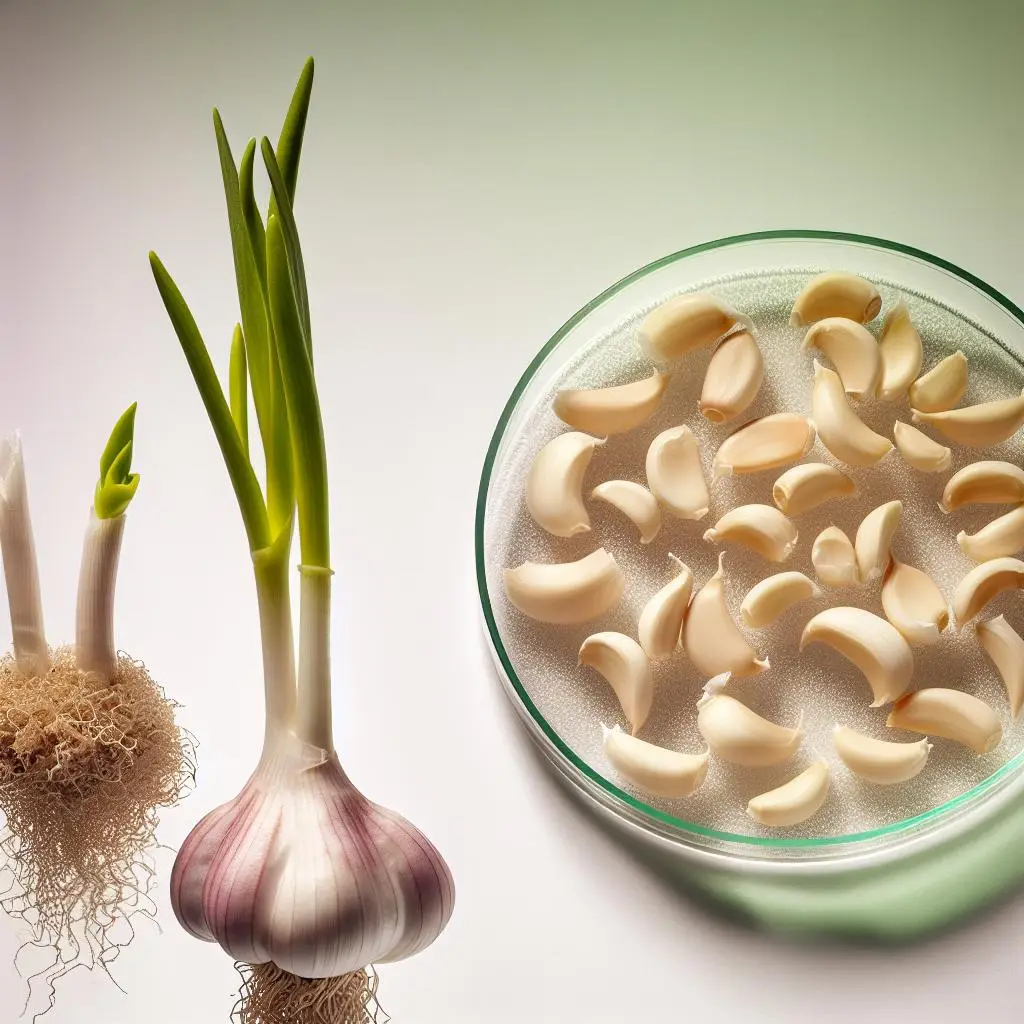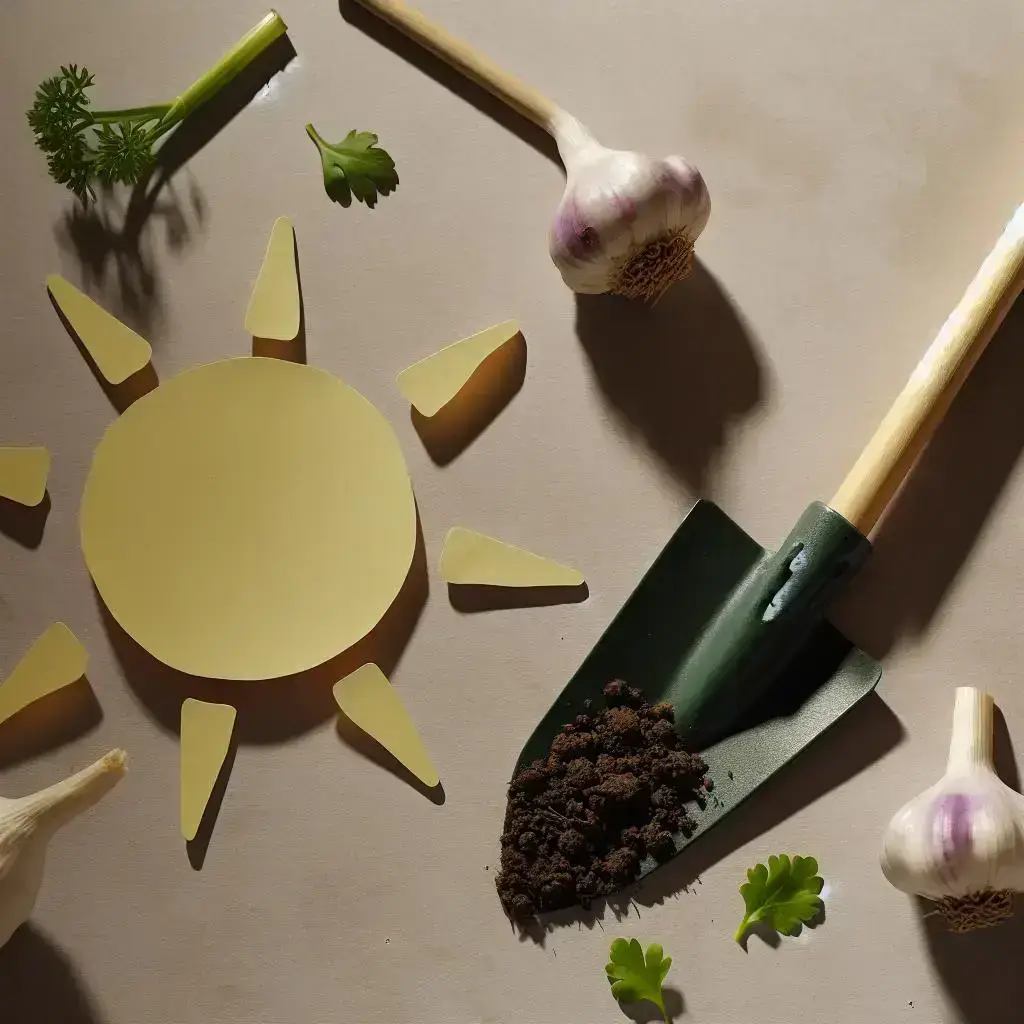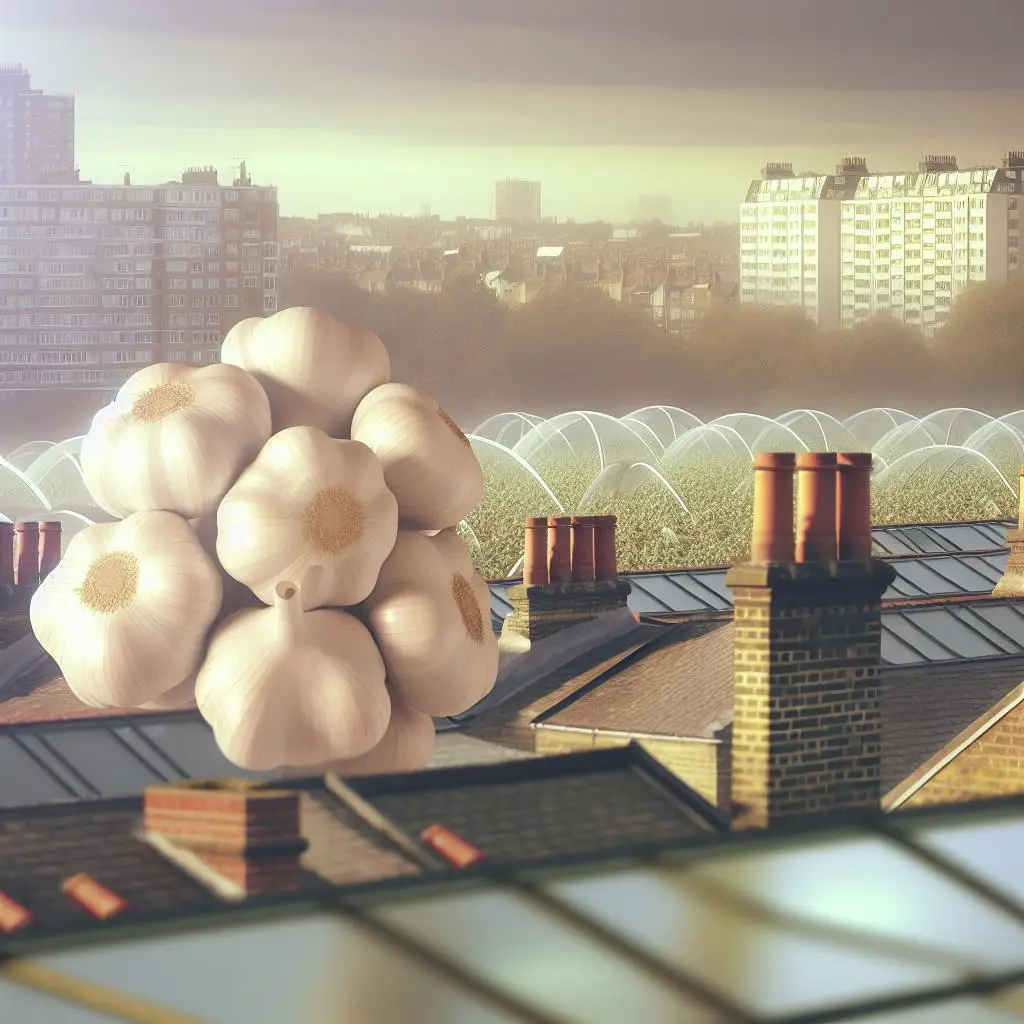How AI Is Changing Garlic Farming in the UK
If you’re into growing garlic or just fascinated by how technology can help our food systems, you’ll love this. Imagine a future where farmers can predict garlic diseases before they even show symptoms. Sounds like sci-fi? Well, it’s happening right now, thanks to artificial intelligence (AI). This isn’t just about fancy gadgets; it’s about making farming more sustainable, efficient, and resilient — especially in the UK, where climate unpredictability is a real concern.
Garlic is a staple in many kitchens and a crop with a long history in UK agriculture. But like all plants, it’s vulnerable to pests and diseases. Traditionally, farmers rely on visual inspections and experience to spot problems. That’s fine, but it’s slow, sometimes too late, and not always accurate. Enter AI — a game-changer that can analyse data from various sources, including weather patterns, soil conditions, and plant images, to forecast disease outbreaks with impressive precision.
The Science Behind AI Predictions
How does it work? Well, AI models are trained on vast datasets of garlic crop images, weather records, and disease outbreaks. Using machine learning algorithms, the system learns to recognise early signs of disease — subtle changes in leaf colour, texture, or growth patterns that might escape the human eye. Once trained, it can scan new images or data inputs and predict whether a disease is likely to develop, giving farmers a crucial head start.
This proactive approach means farmers can apply treatments only when necessary, reducing chemical use and lowering costs. Plus, it helps prevent crop losses, which is vital for both local food security and the UK’s garlic economy.
Why This Matters for UK Garlic Farmers
UK garlic farmers face unique challenges. Our climate can be unpredictable — wet springs, dry summers, and sudden frosts all impact crop health. Climate change only adds to the complexity. By adopting AI tools, farmers can adapt more quickly and make smarter decisions, even in tricky weather conditions.
And it’s not just about disease prediction. AI can also optimise watering schedules, nutrient management, and harvest timing. All these factors contribute to better yields and higher-quality garlic, which is good news for local markets and consumers alike.
From Lab to Field: The Future of AI in Agriculture
While AI in farming might sound futuristic, it’s already making waves in research labs and pilot projects across the UK. Start-ups and tech companies are developing user-friendly apps and platforms tailored for small-scale growers and large farms. Imagine walking through your garlic patch with a smartphone, snapping a few photos, and getting instant advice on what’s happening beneath the surface.
This tech isn’t just about efficiency; it’s about sustainability. By predicting problems early, farmers can reduce pesticide use, protect biodiversity, and support the UK’s move towards greener agriculture. It’s a win-win for farmers, consumers, and the environment.
Getting Started with AI for Your Garlic Garden
If you’re a keen gardener or smallholder, you might wonder how to tap into this technology. While most AI tools are designed for commercial farms, some apps and services are starting to cater to home growers. Keeping an eye on agricultural tech developments and joining local farming groups can be a good start. Plus, investing in good soil health, crop rotation, and proper watering remains fundamental — AI is here to complement, not replace, traditional wisdom.
In the end, embracing AI in garlic farming isn’t just about staying ahead; it’s about safeguarding a crop that’s been part of our culinary and cultural heritage for centuries. As technology and tradition blend, we’re looking at a future where garlic grows smarter, tastier, and more sustainably than ever before.
















